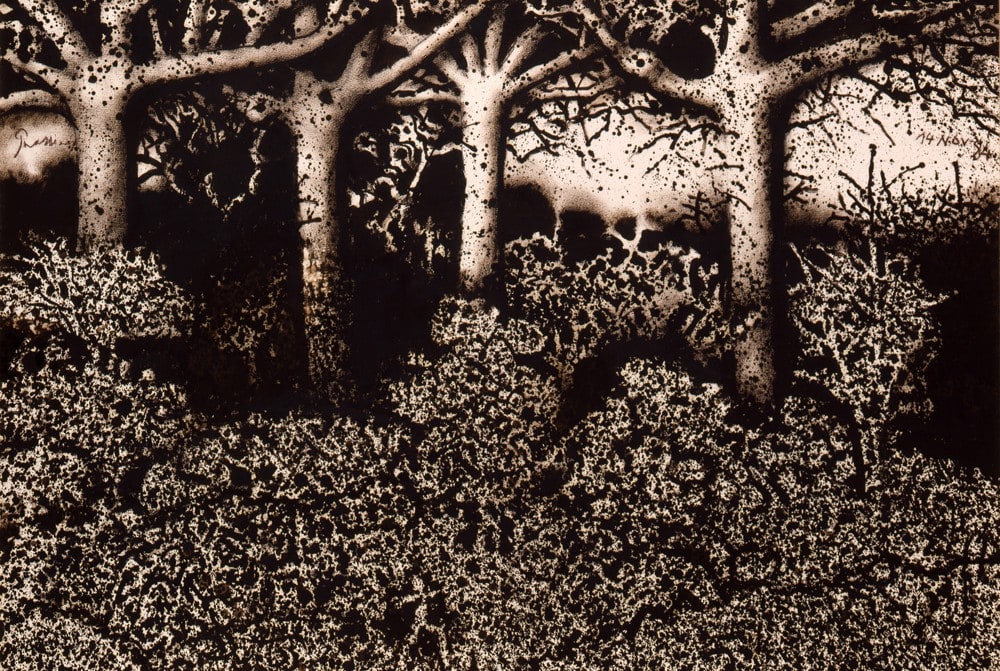Namık Kabil’s Heart of Wood documentary is about a man who makes the heart of wood and then he plays it. Ćamil Metiljević uses his two hands for hard manual labor, but also to make a magical music instrument and play it. Director Kabil was born in Tuzla, Bosnia and Herzegovina, where he studied medicine before the war broke out 1992. In 1993 Namik left the country and moved to Los Angeles where he studied film and become a member of the theatre group The Grace Players, where he worked as a director, writer and actor. He wrote a novel, Alone, and several award-winning screenplays: “Days and Hours”, “The Ruin”, and “The Last Day”. In 2007 his documentary “Interrogation” won “The Heart of Sarajevo” for Best Documentary at the Sarajevo Film Festival. His feature Nightguards had a world premiere in 2008 at the Venice Film Festival.
Trailer

Pera Museum Blog is launching a new series of creepy stories in collaboration with Turkey’s Fantasy and Science Fiction Arts Association (FABISAD). The Association’s member writers are presenting newly commissioned short horror stories inspired by the artworks of Mario Prassinos as part of the Museum’s In Pursuit of an Artist: Istanbul-Paris-Istanbul exhibition. The third story is by Murat Başekim! The stories will be published online throughout the exhibition. Stay tuned!
Tuesday - Saturday 10:00 - 19:00
Friday 10:00 - 22:00
Sunday 12:00 - 18:00
The museum is closed on Mondays.
On Wednesdays, the students can
visit the museum free of admission.
Full ticket: 300 TL
Discounted: 150 TL
Groups: 200 TL (minimum 10 people)